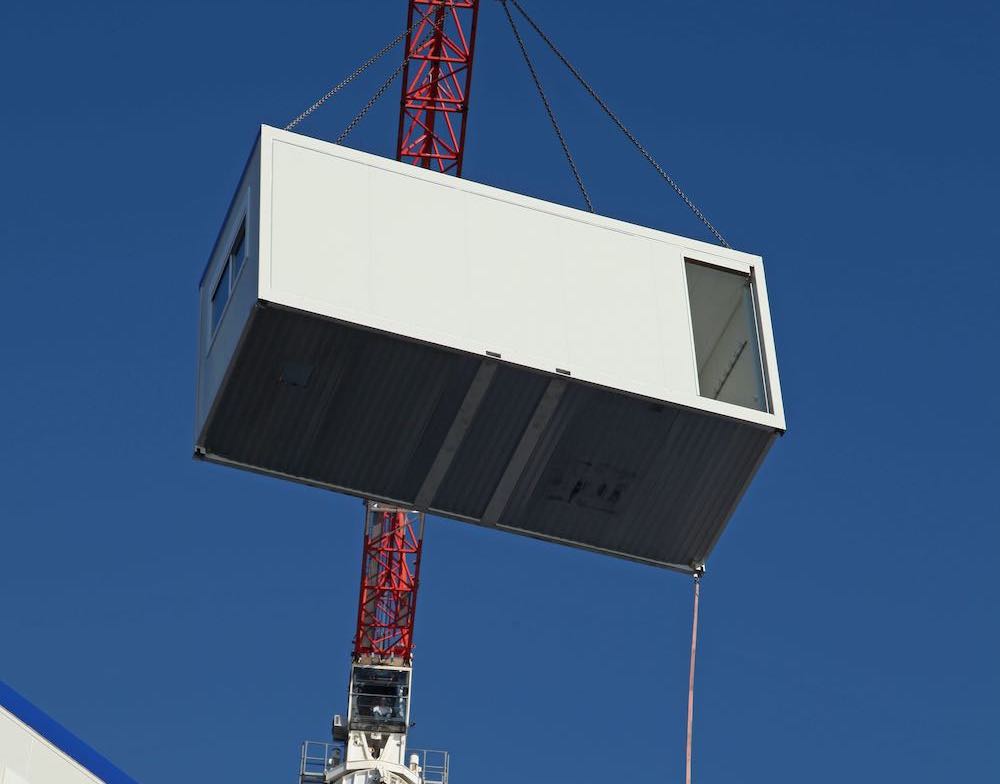Taking the Terror out of Prefab – An Iterative Approach

Introducing prefabrication strategies does not have to be such a scary endeavor.
Many builders are already aware of some of the benefits of prefabrication or modular construction. Prefab adoption for a construction project increases efficiency for both offsite and onsite assembly, resulting in savings for the overall project schedule and project cost. Greater control of environmental conditions, offsite labor management, and material management associated with prefab often result in higher quality of installed systems. Additionally, installation of prefab systems typically require less manpower to assemble; therefore, less manpower to manage on-site, which boosts site safety. All of these benefits are attractive to any project, regardless of type of construction.
However, prefabrication can seem like a daunting term. Many builders associate the term “prefab” with fully modularized construction – “lego”-style construction where steel shipping containers with fully finished interiors and MEP systems are quickly stacked and integrated. Although this is a type of prefabrication, the term “prefab” simply refers to offsite assembly that is later shipped to site to reduce the amount of work needed on-site. Prefab systems can range from the very simple (such as pre-cast sump pit) to the very complex (such as unitized curtain wall or a “room-in-a-box”).
In fact, many contractors are already providing prefab systems on projects and may not realize it. If your project uses some of following examples, you have a project which has already adopted prefab.
- Tilt-up concrete panels
- Exterior sheathing with factory applied weather resistive barrier membrane
- Pre-assembled timber roof trusses
- Ready-to-mount punched window framing
- Steel fire stairs
- Shop fabricated composite metal panel facades
- Unitized curtain wall or window wall systems
Manufacturing facilities also depend on your prefab strategy, so a shop that can accommodate one of the above mentioned system assemblies is functionally a manufacturing facility.
Once installers realize this, the next steps become evident. The more prefab processes a firm adopts, the more benefits ( lower costs, shorter schedule, safer working conditions, etc.) a firm can experience. If you are a plumbing contractor and have 1,000 similar piping runs, how can you assemble this into “modules” with typical straight runs and several types (degrees) of bends? If you are a glazing contractor with 35 punched windows, how can you reimagine shipping, so the windows are all pre-assembled, ready to anchor into place and set glazing?
You already have the tools! Prefabrication implementation is iterative. Start with manageable improvements and slowly work towards the more complex. Your profit margins will thank you.
Resources


-min.png)


-min.png)


-min.png)
-min.png)

